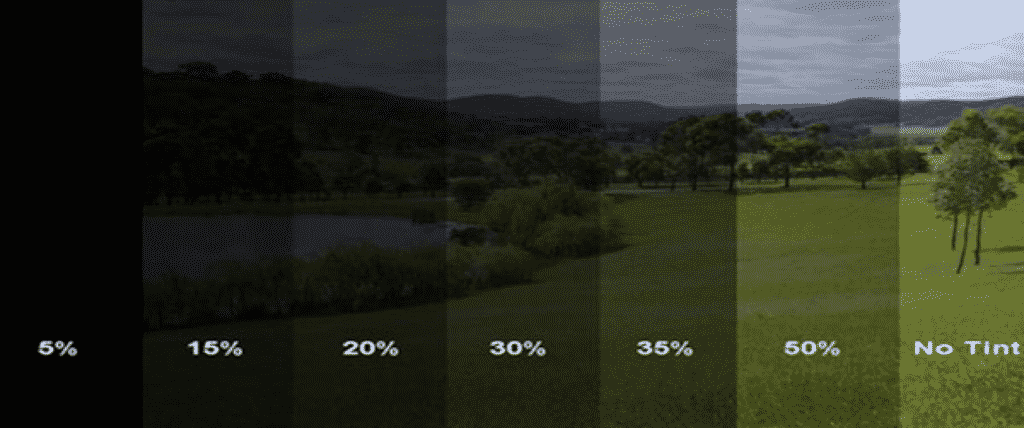Best Practices of tinting the windows on your home.
The windows in our homes fill rooms with light and provide us with a view to the outside world. Depending on the direction the windows are facing, the light may be too intense for us. Similar to putting on a pair of sunglasses, putting tint on your windows reduces the intensity of the light on your eyes and allows you to better enjoy the room. In a recent article we described the different kinds of coating that window manufactures will put on the window panes to provide different enhanced performance, such as hydrophobic or “Low E” coating. However, putting tint on the windows isn’t typically offered by the manufactures and is left up to the home owner to install.
Windows Facing the West
Ideally in the U.S., you’ll want to have a majority of the windows in your home face South as it’ll receive the greatest amount of non-direct sunlight year round with minimal over heating effects in the summer time. Now, this a perfect world suggestion when you are building a home but sometimes this just isn’t an option when you are buying an existing home in a sub-development. In those least ideal cases, you’ll have the majority of your windows face the west. In those instances your windows will receive intense, direct, glare causing, sunlight. For homes built in the past ten years, Low E coating mitigates the overheating effects, but that’s only for homes with more recently manufactured windows. If you home falls outside of those scenarios, tinting windows is a MUST.
Picking your tint
Once you’ve decided to have all or some of your windows tinted, you’ll have to decide how dark you want to go. The way window tint is categorized by percentage of light allowed to pass through and ranges from 5%-50%. At the time of the decision, you might be frustrated or overly sensitive to the light intensity and will be drawn to the darkest tint (5% Limo Tint). Please pause and take a second to think it through as once the tint is installed, it’s very expensive to remove/reinstall. Please use this picture to visualize the tint percentages and imagine it covering different windows in your home.
Care and Maintenance of Tinted Windows
In general, the film used to tint windows is resilient to UV rays, resistant to scratching, made to be cleaned in the same way the rest of the glass in your home. Nevertheless if the tint comes in contact with something sharp, it will scratch.


Recent Comments